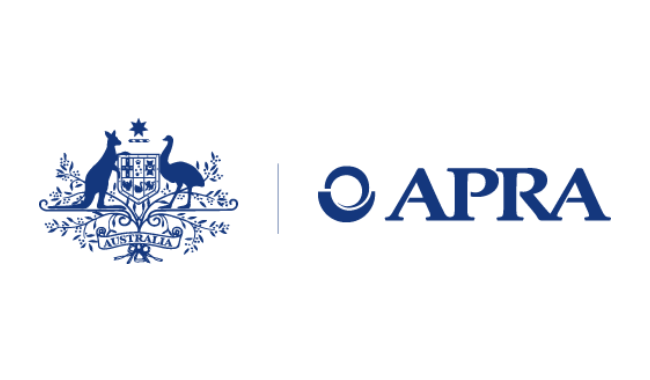The Australian Prudential Regulation Authority is moving forward with its process to ease access to alternative reinsurance solutions in the country, including insurance-linked securities (ILS), with one updated proposal now being to remove the requirement for a reinstatement completely for instruments like catastrophe bonds. As we reported back in November 2024, the Australian Prudential Regulation Authority (APRA) had recognised that regulations hinder access to alternative reinsurance solutions in the country, especially for ILS such as catastrophe bonds.
As we reported back in November 2024, the Australian Prudential Regulation Authority (APRA) had recognised that regulations hinder access to alternative reinsurance solutions in the country, especially for ILS such as catastrophe bonds.
This came at a time when reinsurance market conditions had become more challenging, through higher pricing and increased retentions for Australian insurers, so the regulator wanted to make it simpler for them to access the capital markets using insurance-linked securities (ILS) structures.
The consultation process resulted in feedback and with that considered the APRA has now refined its approach, still with the ultimate goal of making it simpler for insurers in the country to access reinsurance using ILS and cat bonds.
The original consultation had a range of suggestions on how to reduce the reinstatement requirement, or even remove it in certain cases.
Now, updated proposals the APRA is asking for feedback on, the regulator proposes “removing reinstatement requirements for reinsurance arrangements where reinstatements are typically unavailable, like catastrophe bonds, to improve access to alternative forms of reinsurance.”
That’s a much cleaner way to deal with reinstatements, rather than reducing the return-period they would apply at, or linking its removal to the accumulation vertical requirement of the Insurance Concentration Risk Charge (ICRC), as had previously been proposed.
This proposal alone will make access to the catastrophe bond as a structure for sourcing reinsurance capacity much simpler for Australian insurers, if taken forwards.
In addition, the proposals suggest a shift to a “net whole-of-portfolio approach” to make accessing single peril reinsurance easier for insurers.
The APRA explains that this method “applies reinsurance to every simulated catastrophic event first, capturing differences in reinsurance coverage by region or peril, and then determines the largest retained loss at the required probability level,” meaning that “insurers would be able to assess the capital benefit of reinsurance where coverage is incomplete, which is often the case for alternative forms of reinsurance.”
Feedback received after the first consultation phase stated that the original reinstatement and single peril approaches proposed could still have made accessing catastrophe bonds and other ILS forms of reinsurance more difficult. So these updated proposals are designed to mitigate that and ensure Australian insurers can make use of these structures more readily.
The APRA also wants to reduce the need for its approval in certain circumstances, saying, “APRA proposes to categorise reinsurance arrangements by complexity, enabling the Appointed Actuary to determine capital treatment for certain arrangements without APRA approval, while more complex arrangements will still require APRA oversight.”
This would ensure only the most complex arrangements require approval, the APRA explained, reducing the regulatory burden for insurers when accessing certain alternative reinsurance structures and capital sources.
Approval would still be required for reinsurance transactions where there can be basis risk, such as parametric or industry loss triggers. But it seems this would mean a pure indemnity trigger cat bond or ILS may require much less oversight and approval may not even be required in certain cases, with an appointed actuary able to play an approval role instead of the regulator.
There are other refinements and reporting requirements that are also being consulted on in this next phase of the APRA’s process, but the above are the key issues of note to the ILS and catastrophe bond market.
The APRA is now proposing that the changes, after this updated consultation, could come into effect from January 1st 2027.
It’s encouraging to see the APRA updating its proposals and asking the industry for more feedback.
As said before, these updates to the regulation would be positive for the availability of catastrophe bonds and other insurance-linked securities (ILS) to Australian insurers, potentially opening that market up to increased use of ILS backed risk transfer and reinsurance arrangements.



